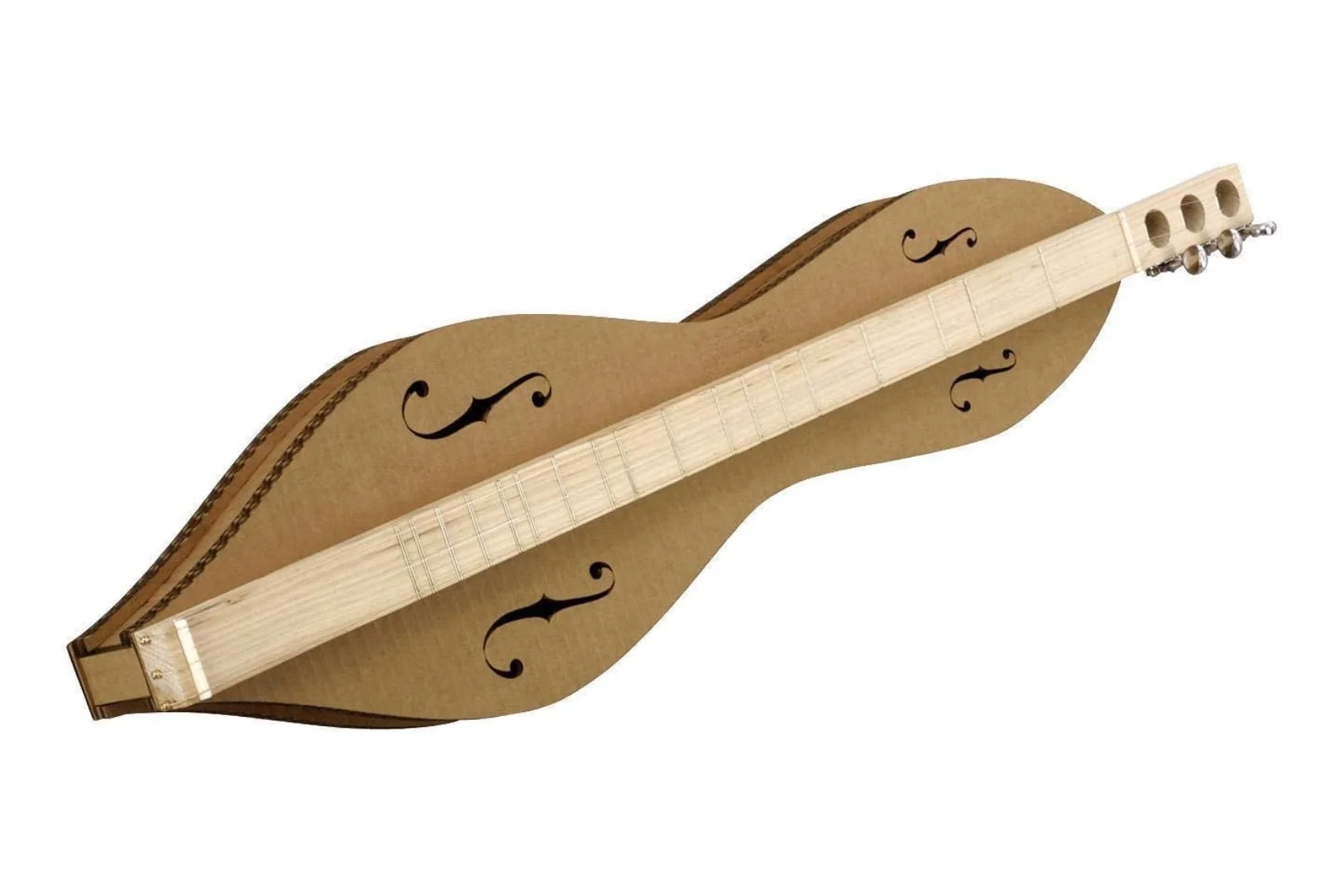Physical Address
304 North Cardinal St.
Dorchester Center, MA 02124
Physical Address
304 North Cardinal St.
Dorchester Center, MA 02124

Welcome to RedEars, your go-to site for all things cardboard and crafting! Today, we’re diving into the world of musical instruments with a unique twist—the cardboard dulcimer. If you’re curious about how to make a dulcimer using cardboard or want to explore the creativity and sustainability of this craft, you’re in the right place.
Before we dive into the construction of a cardboard dulcimer, let’s understand what a dulcimer is. The dulcimer is a stringed musical instrument that is part of the zither family. It has a long history, with roots in Appalachian folk music, and comes in various shapes and styles. The two most common types are the hammered dulcimer, played with small mallets, and the mountain dulcimer, played with fingers or a pick. In this blog, we’ll focus on creating a mountain dulcimer using cardboard.
Cardboard is a versatile, inexpensive, and sustainable material, making it perfect for crafting. By creating a dulcimer from cardboard, you not only tap into your creativity but also contribute to reducing waste. A cardboard dulcimer is lightweight, easy to transport, and can be customized in countless ways. Whether you’re a seasoned crafter or a beginner, this project is an excellent way to explore the intersection of music and craft.
To create your own cardboard dulcimer, you’ll need the following materials and tools:
Materials:
Tools:
The first step in creating your cardboard dulcimer is designing the shape and layout. The mountain dulcimer typically has a long, rectangular body with a curved top. Here are some design considerations:
Body Shape: Decide on the overall shape of your dulcimer. A simple rectangular design with slightly rounded edges is a good starting point. Consider adding a slight arch to the top for aesthetics.
Neck Length: Determine the length of the neck and the number of frets. A standard dulcimer neck is around 26 to 28 inches long with 12 to 15 frets.
Soundholes: Include one or more soundholes in your design to allow sound to resonate. These can be simple circular holes or more intricate designs.
Once you have your design, it’s time to start building your dulcimer.
Step 1: Cutting the Body
Step 2: Creating the Sides
Step 3: Assembling the Body
Step 4: Adding the Neck and Frets
Step 5: Installing Tuning Pegs and Strings
Step 6: Finishing Touches
With your cardboard dulcimer complete, it’s time to play! Tune the strings using the tuning pegs and experiment with different chords and melodies. The cardboard dulcimer produces a soft, mellow sound that is perfect for relaxing tunes or beginner practice.
Creating a cardboard dulcimer is a rewarding project that combines music and craft in a sustainable way. By using simple materials and tools, you can build a unique instrument that not only sounds great but also showcases your creativity. We hope this guide inspires you to try making your own cardboard dulcimer and explore the wonderful world of DIY musical instruments. Happy crafting and happy playing!